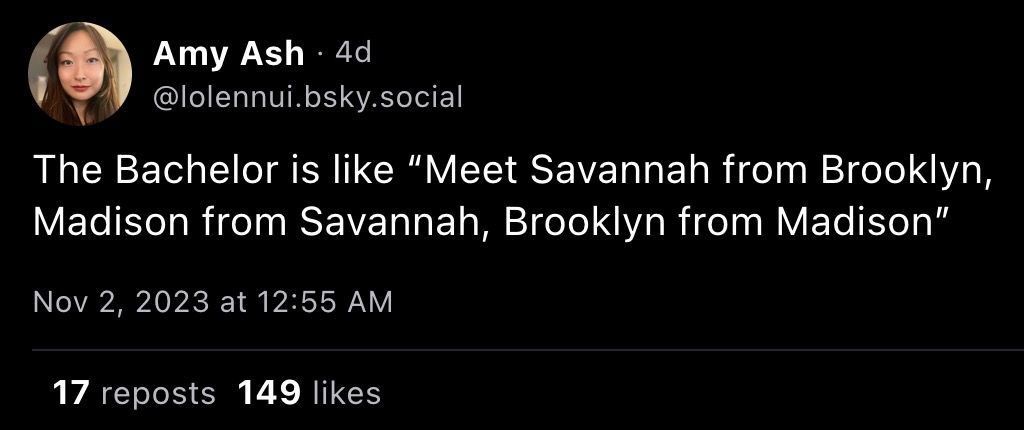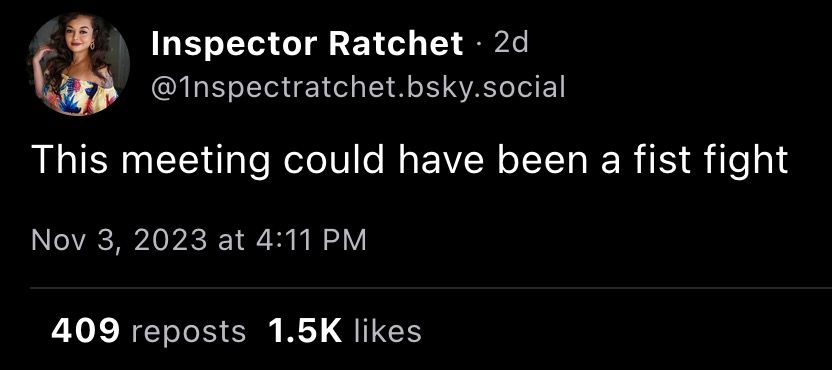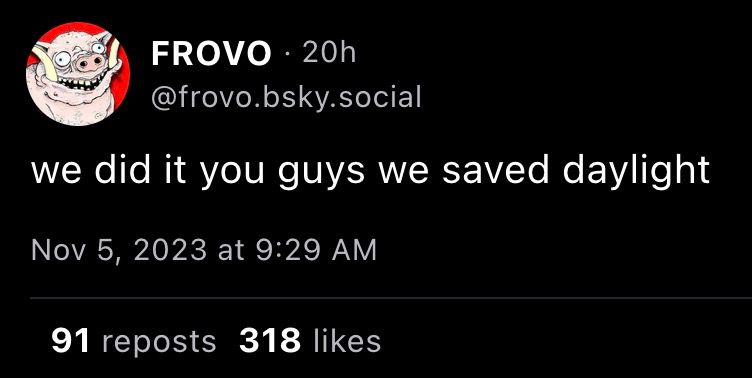Updates from Adam Isacson (November 6, 2023)
Hi, this is Adam. If you're receiving this message, it means you signed up on my website to receive regular updates. If you'd like to stop getting these, just follow the instructions further down.
I just spent two weeks in Colombia, most of it in regions near the Panama and Ecuador borders. I flew back overnight Friday and have been back in Washington since mid-day Saturday. I've barely begun processing the notes taken in about 50 conversations I had with people in 11 different municipalities in Colombia and Ecuador.
Last week's email shared a few photos from northwestern Colombia, on the migration route leading to Panama and (much later) the United States. Below are some photos from the Colombia-Ecuador border region, through which many people pass days before they reach the Panama border region.
Before that, though, are some links to Latin America-related events I know of this week. I'll be in two of them, both broadcast online.
No news links or other updates to share yet. I'm just back and, except for all that I discussed during my trip, I'm a bit out of date myself.
Latin America-Related Events in Washington and Online This Week
(Events that I know of, anyway. All times are U.S. Eastern.)
Monday, November 6
- 7:30-5:30 at wilsoncenter.org: Wilson Center Conference on US-Chile Climate Action and the Energy Transition.
- 8:30-5:30 at the Inter-American Human Rights Commission: 188 Period of Sessions.
- 10:00-11:30 at the Inter-American Dialogue: A Conversation with Ecuadorian President-elect Daniel Noboa (RSVP required).
- 10:00-11:00 at USIP and online: Russian Influence Operations in Latin America (RSVP required).
- 12:00 at the Atlantic Council and online: The future of economic partnership between the US, Europe, and LAC (RSVP required).
- 4:00 at YouTube: Periodismo en Centroamérica: el silencio no es una opción.
Tuesday, November 7
- 8:30-5:30 at the Inter-American Human Rights Commission: 188 Period of Sessions.
- 3:00-4:30 at Zoom: Migrant Justice in Times of Militarized Borders (RSVP required).
- 5:00-6:30 at American University: Cafecito Talk: Gender, Tech, and Sustainability (RSVP required).
Wednesday, November 8
- 8:30-5:30 at the Inter-American Human Rights Commission: 188 Period of Sessions.
- 9:00 in Dirksen Senate Office Building 106 and online: Hearing of the Senate Appropriations Committee on A Review of the President’s Supplemental Request for the Departments of Health and Human Services and Homeland Security.
- 12:15-1:15 at Georgetown University: Latin America Research Seminar – “Almitas milagrosas” in Bolivia: Rites and Objects of Devotion as Portals of Hope for the People (RSVP required).
Thursday, November 9
- 8:30-5:30 at the Inter-American Human Rights Commission: 188 Period of Sessions.
- 3:00-5:30 at Amnesty International YouTube: Situación del espacio cívico y democrático en Venezuela.
- 5:00-6:30 at WOLA and online: Crowd-Control Weapons in the Americas: Evidence From the Ground and How to Stop Their Harm (RSVP required).
Friday, November 10
- 8:30-3:30 at the Inter-American Human Rights Commission: 188 Period of Sessions.
Tuesday 3:00 Eastern: “Migrant Justice in Times of Militarized Borders”

I’ll be on a first-rate virtual panel on Tuesday afternoon, talking about hard-line “deterrence” border and migration policies—which cause a lot of harm, continue to escalate, and fail to deter desperate people—at the U.S.-Mexico border and along the migration route. Register here to view and participate.
Thursday 5:00 Eastern: "Crowd-Control Weapons in the Americas: Evidence From the Ground and How to Stop Their Harm"

WOLA is hosting, and I'm moderating, an important discussion with representatives of a group of human rights organizations from all around the region. They have a hearing at this week's Washington-based sessions of the OAS Inter-American Human Rights Commission to discuss states' misuse of "less lethal" weapons to harm people who participate in political protests.
The event is Thursday at 5:00PM, after their hearing, live at WOLA's offices and online.
More Photos from Colombia
Before I left for Colombia on October 21, I replaced my four-and-a-half year-old phone with a current model. The new phone isn’t much different than the old one, with one huge exception: the camera, which makes me seem like a much better photographer than I actually am.
Here are some images that are less work-related but just pretty cool. Presented in no particular order. Click on any to expand in a new window. (I shared other photos from the trip in two earlier posts.)


















Six days in Putumayo and Along the Colombia-Ecuador Border
(Posted to my site on November 3.)
Greetings from Bogotá. I’m here until tomorrow night, with 10 meetings on the schedule today and tomorrow.
This was day 13 of a 14-day research trip. I’ve slept in 10 different hotels in 9 places:
- Bogotá
- Apartadó, Antioquia
- Necoclí, Antioquia
- Bogotá
- Puerto Asís, Putumayo
- Orito, Putumayo
- La Hormiga, Putumayo
- Lago Agrio, Sucumbíos, Ecuador
- Ipiales, Nariño
- Pasto, Nariño
- Bogotá
The purpose of this insane itinerary was to learn about the latest developments in migration through, and to, Colombia. I was able to visit the Colombia-Panama and Colombia-Ecuador border regions.
With two WOLA colleagues I was on the outskirts of the Darién Gap region straddling Colombia and Panama, through which nearly 500,000 migrants have passed so far this year. With longtime Colombian colleagues I also visited the border between Carchi, Ecuador and Nariño, Colombia, through which hundreds of Darién-bound migrants from dozens of countries pass each day.
While at the Colombia-Ecuador border I was also able to spend a few days in the department of Putumayo, which is where U.S.-backed military and police anti-drug operations began after the 2000 passage of the Clinton administration’s mammoth initial “Plan Colombia” aid package. Twenty-three years later, Putumayo remains a principal zone of coca and cocaine production, under the heavy influence of two feuding armed groups.
I need to go through my tens of thousands of words of notes just to come up with the number of meetings and conversations I’ve had since October 22. It’s more than 50. I’ve talked to people migrating, aid workers, international organizations, migrants associations, Indigenous groups, campesino groups, coca cultivators, mayors and other local officials, national government officials, U.S. diplomats, journalists, human rights defenders, police, scholars, and I’m sure I’m forgetting some sectors.
I’ve barely had time yet to process my notes, much less wrap my head around what I’ve seen and heard. But here are some photos from Putumayo, northern Ecuador, and Nariño. (I posted Darién-area photos about a week ago.)












And Finally




